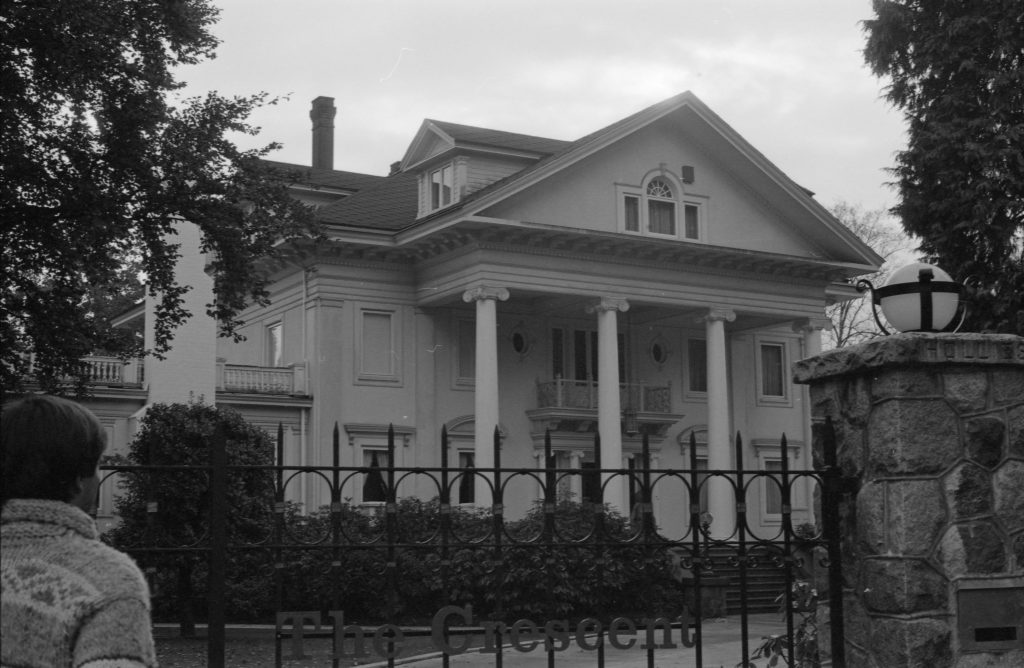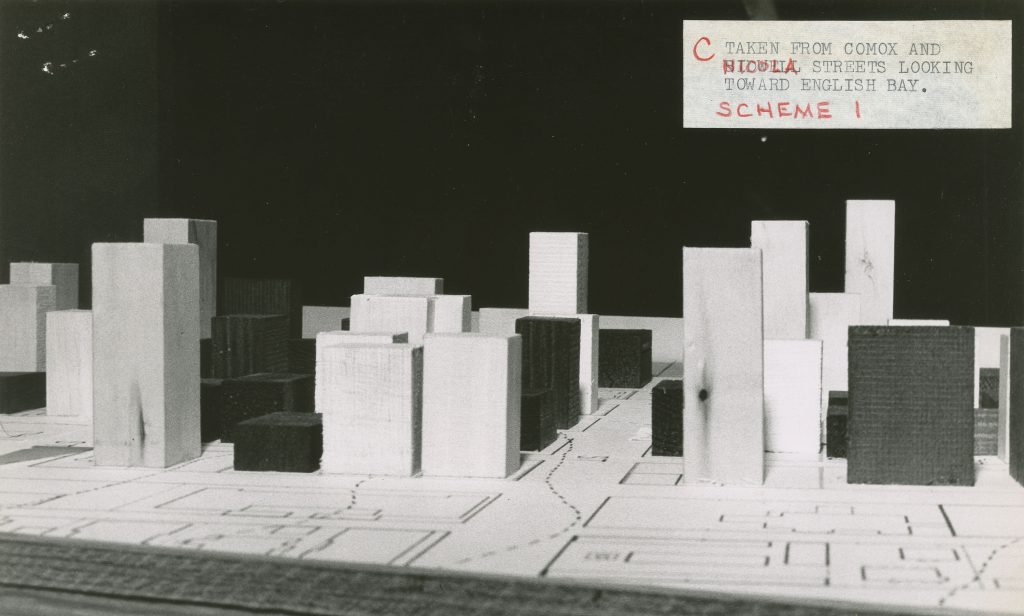New York City’s 1923 Silver Jubilee, celebrating 25 years of borough unification, was a major public relations effort by Mayor John Hylan’s Administration to trumpet its accomplishments and plans for the future. The month-long exposition was headed up by Grover A. Whalen, the city’s commissioner of public works who used it to unveil one of his pet projects: the building of a great broadcast facility that would allow the city to get information and entertainment directly to its residents through the new medium of radio. A year earlier $50,000 had been appropriated for the project by the Board of Estimate and plans for the, yet unnamed, radio station were well under way.
One of the exhibit walls is pictured above. Devoted to what “New York City will broadcast to you,” it shows a transmitting building with ‘crackling’ radio bolts reaching out to an array of New Yorkers eagerly listening to the radio: young men with headphones sitting around a table radio set; a family in front of large console type unit; and children in a bedroom listening at night. Feeding the Municipal Building studio are “radio lines” to various city agencies, departments and legislative offices. Each had a description like these.
Radio programs for the institutionalized.
(NYC Municipal Archives)
Coverage of Board of Estimate meetings.
(NYC Municipal Archives)
Along with assisting the Police and Fire departments, the planned station held the promise of lectures for students, legislative meetings and concerts from city parks, as well as outreach for the Health Department “endeavoring to make New York the healthiest city.”
In addition to subject matter indicated in the exhibit, it was noted that the city would broadcast “popular music, operas and time signals.” The Silver Jubilee Review, the expo’s daily publication, outlined the broadcasting plan in its June 15th edition.
The Officials of the Department of Plant and Structures are of the opinion that there is a new and undeveloped field in broadcasting for municipal governments. The City of New York intends to be the leader in this new field and from a brilliantly illustrated chart occupying considerable space in the Radio booth, a true conception of what New York City intends to do in the development of this infant industry is excellently portrayed. It answers the question: What will New York City broadcast from its new station…
Uncle Sam is already dispensing health through its Radio station at Arlington, Virginia. New York City will dispense health, protection, safety, education, entertainment and in fact, something from every one of its many departments. A closer bond between the people and their government, a more intimate acquaintanceship and the end for which the government is working, the greater happiness of the people, will be attained…[1]
During the Silver Jubilee (held May 28 to June 23 at the Grand Central Palace, then a city convention center) there were daily broadcasts relayed to WJZ, Newark from the “radio broadcasting station” on the second floor of the exhibition hall. Grover Whalen, of course, was among the many speakers.
Commissioner Grover A. Whalen at the Silver Jubilee broadcasting exhibit delivering a speech over WJZ, June 5, 1923.
(Photo by Eugene de Salignac and courtesy of the NYC Municipal Archives)
Because radio was still very new, Whalen sought to explain it and its history to-date as part of the exhibition. In addition to the outline for WNYC’s future, the exhibit included an impressive display of equipment illustrating the medium’s development from the turn of the century to the newest receivers and vacuum tubes of 1923. No doubt a collection worthy, even then, of the Smithsonian, it included a ten-inch spark coil, the earliest transmitting set used on ships and an American receiver from 1901. Behind these displays the following was painted on the wall: “The development of RADIO in the last 25 years has been remarkable!! In the future it will play an important part in municipal affairs.”
Whalen was indeed prophetic and spoke about the station’s impact at the beginning of WNYC’s silver jubilee year in July 1948.
I felt that one of the things that was most important in New York [was] that there should be a station that didn’t have to follow the dictates of any commercial sponsor in order to use the air for the benefit of the people of this great city.
Grover Whalen’s daughter Mary riding in model radio truck at the city’s Silver Jubilee celebration at Grand Central Palace in June, 1923.
(Radio News/WNYC Archive Collections) [2]
____________________________________________
[1] “Nightly Radio Talks by Department Chiefs Attract Hugh Crowds of Interested Fans to Municipal Broadcasting Exhibit,” Silver Jubilee Review, June 15, 1923, vol. 1 no. 17. pgs. 1 and 3.
[2] “Recent Radio Exhibitions,” Radio News, September, 1923, p. 258.
Special thanks to Associate Archivist Alexandra Hilton at the New York City Municipal Archives and Assistant Commissioner for the NYC Department of Records Kenneth R. Cobb.
Interested in more on WNYC history? Go to: WNYC History.
Subscribe to our weekly E-Newsletter, New York Public Radio History Notes.

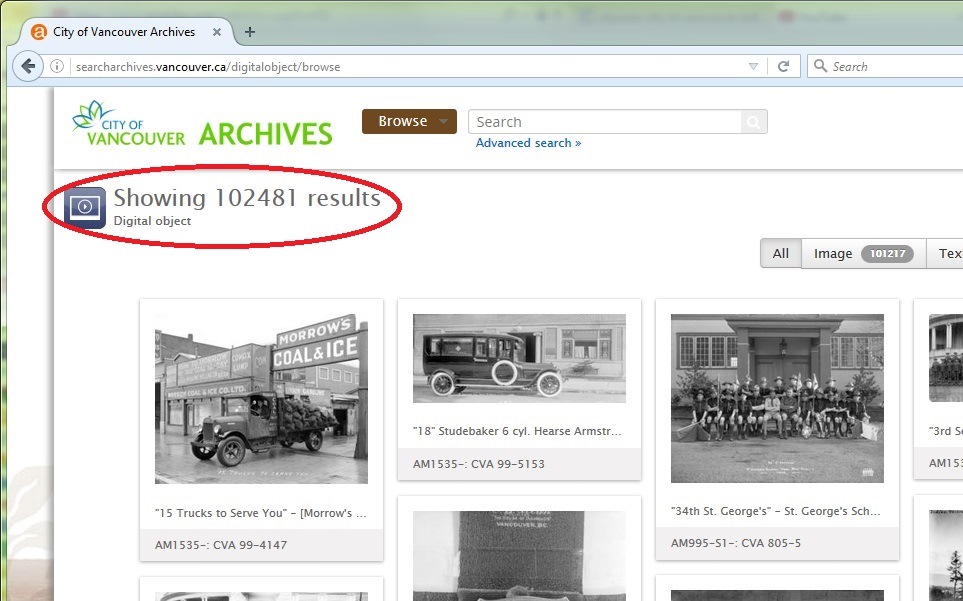

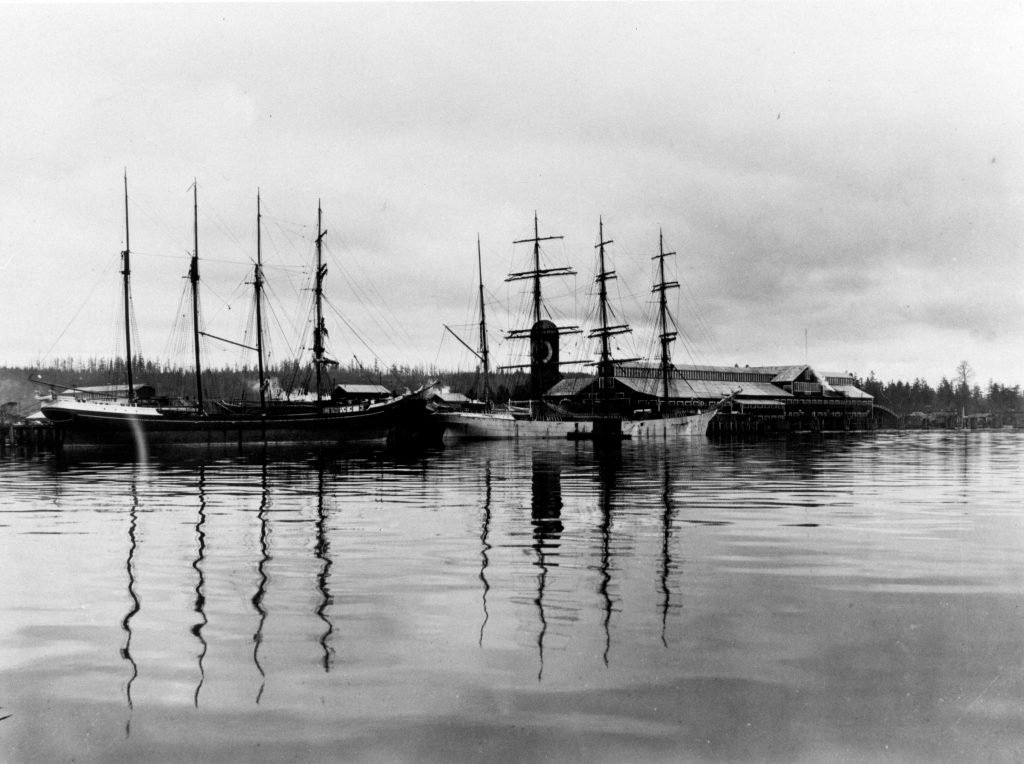

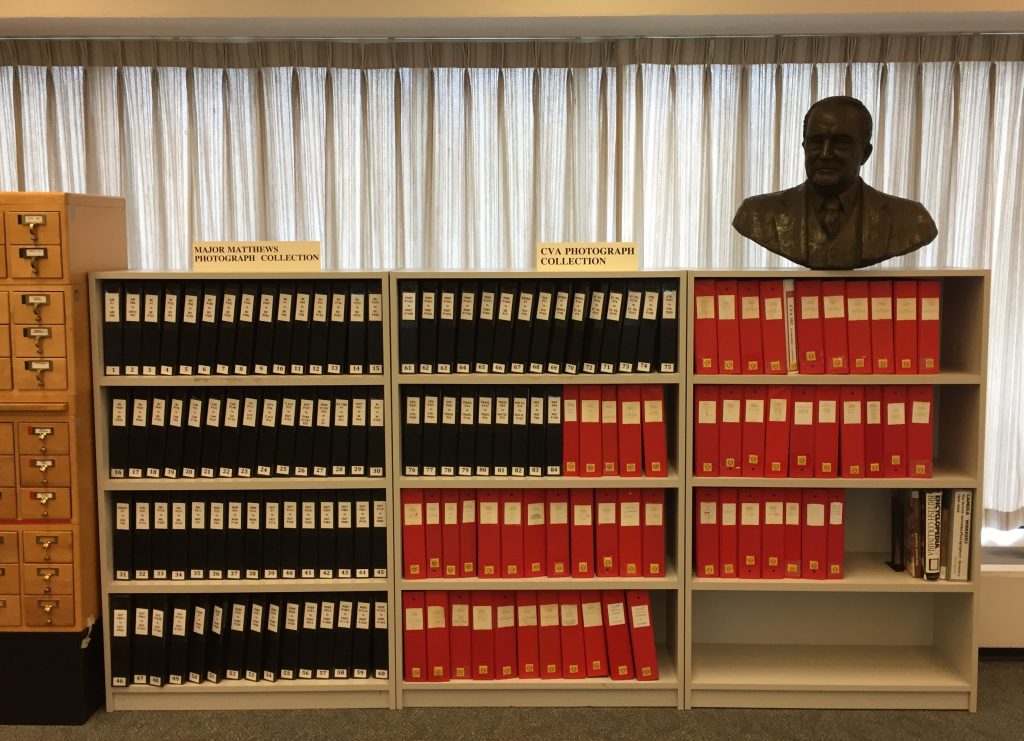
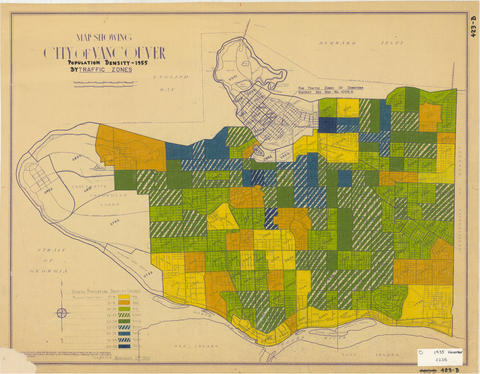


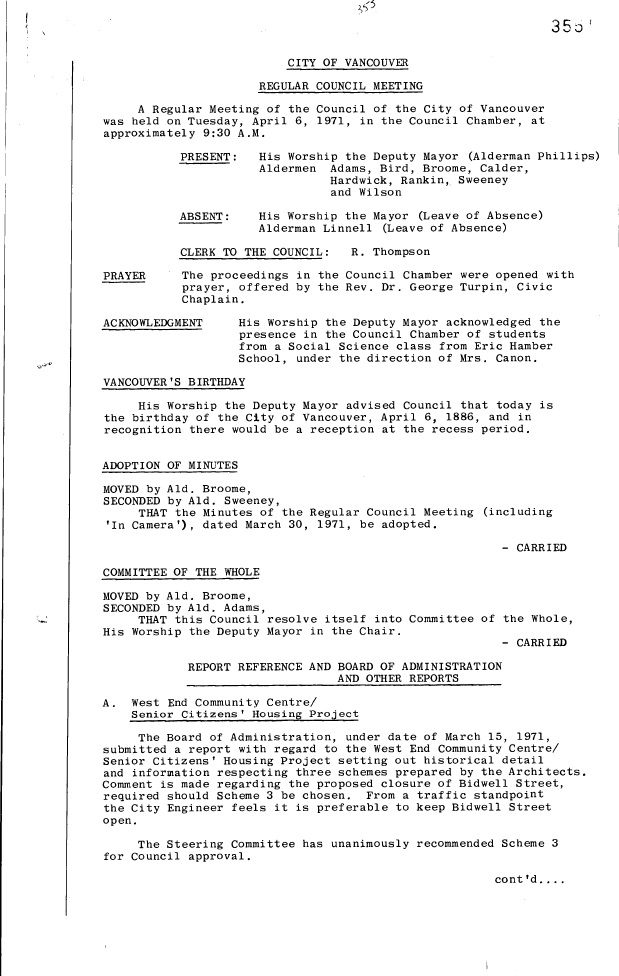
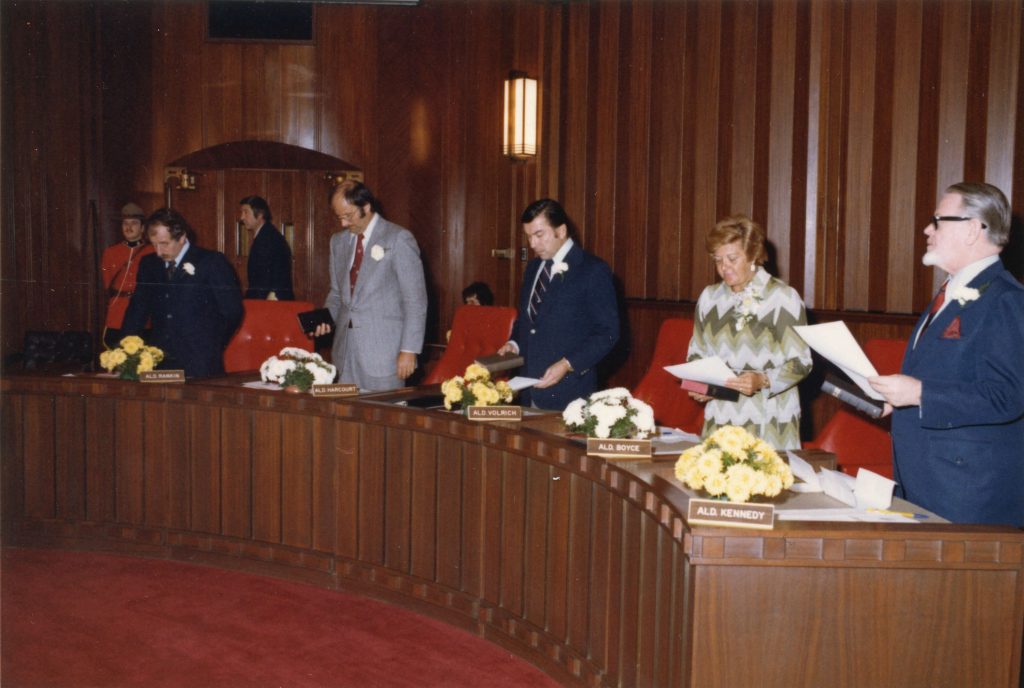





















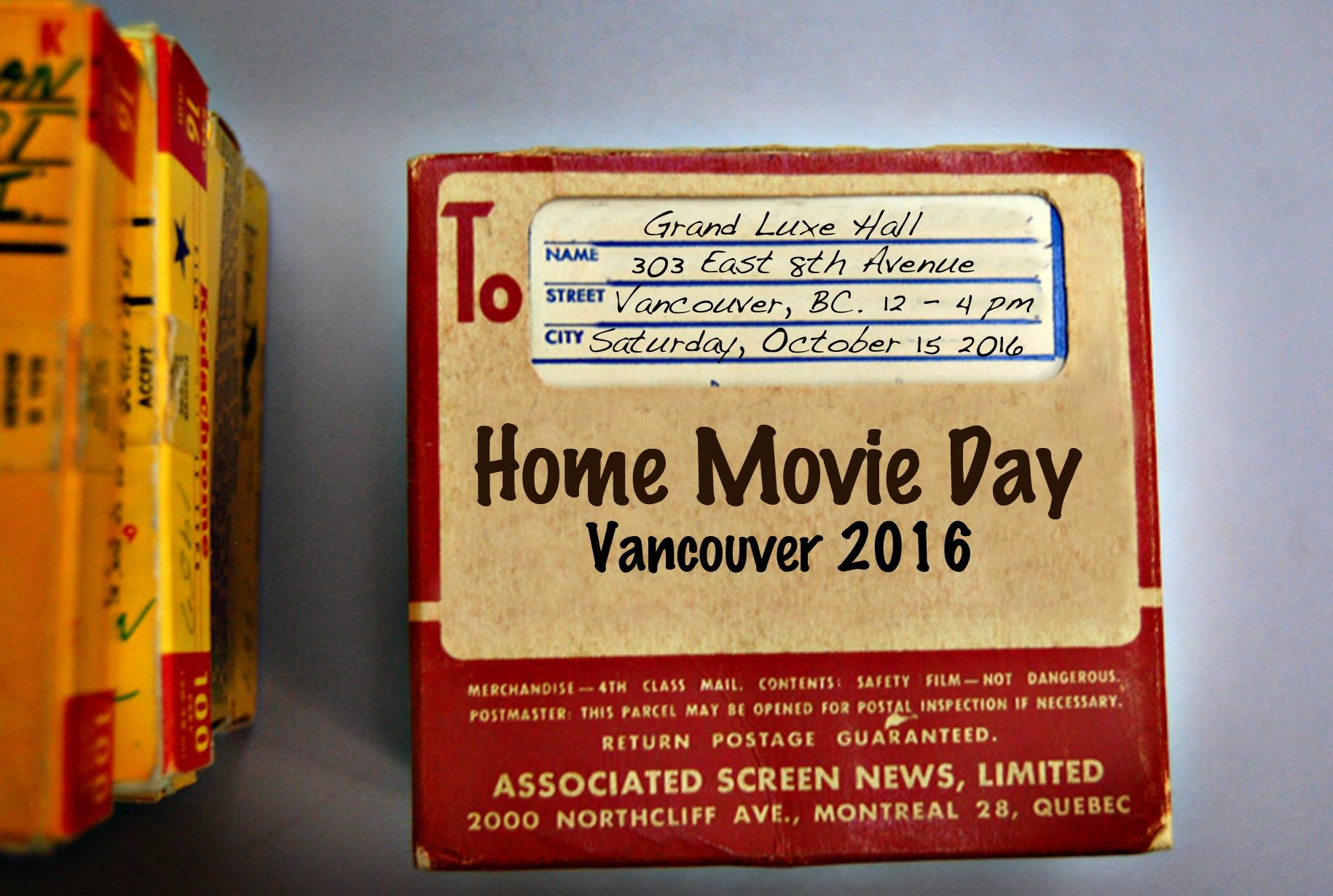














![Panoplia omnium illiberalium mechanicarum... / Hartmann Schopper (Frankfurt : Georg Rabe for Sigmund Feyerabend, 1568) [probably rebound in the 1870s]](https://consecratedeminence.files.wordpress.com/2016/10/schopper1568-e1475340565157.jpg?w=300&h=225)








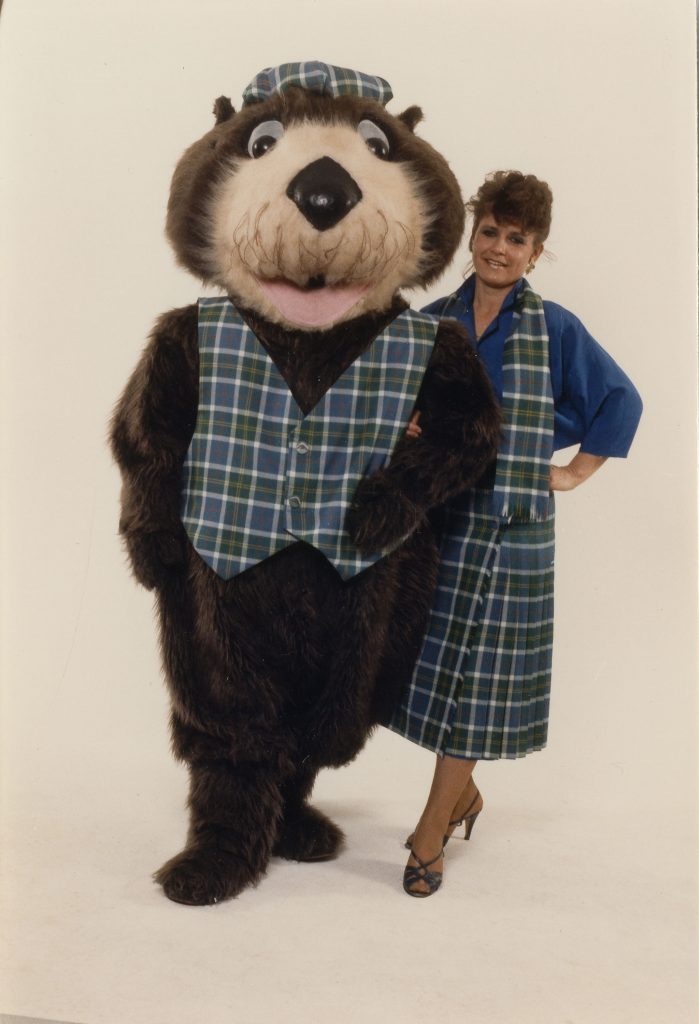
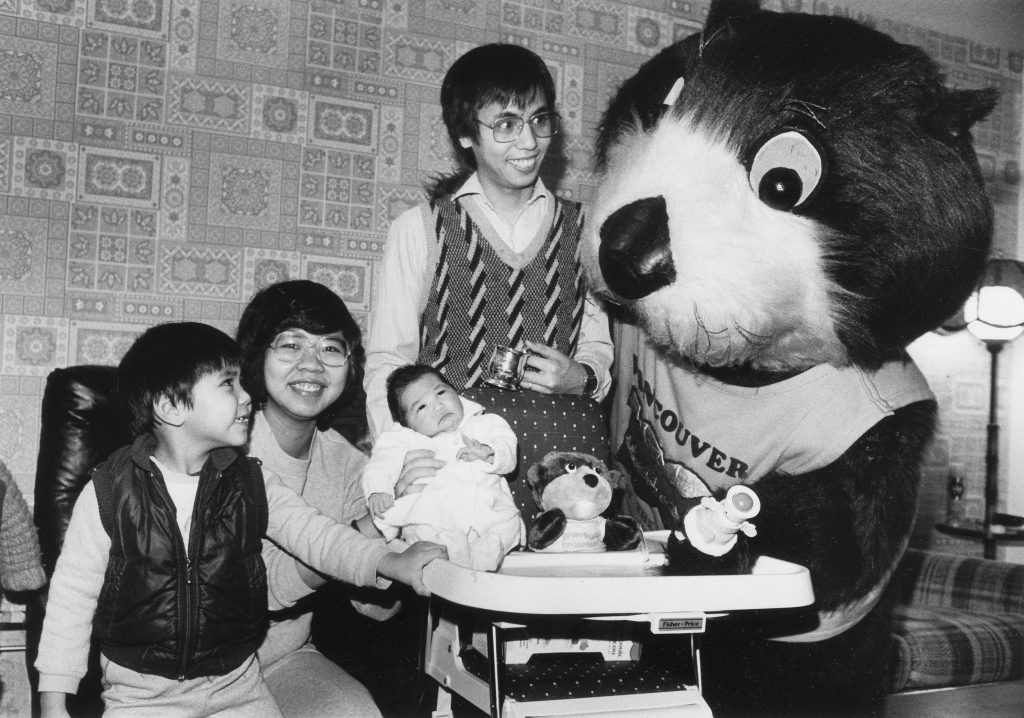
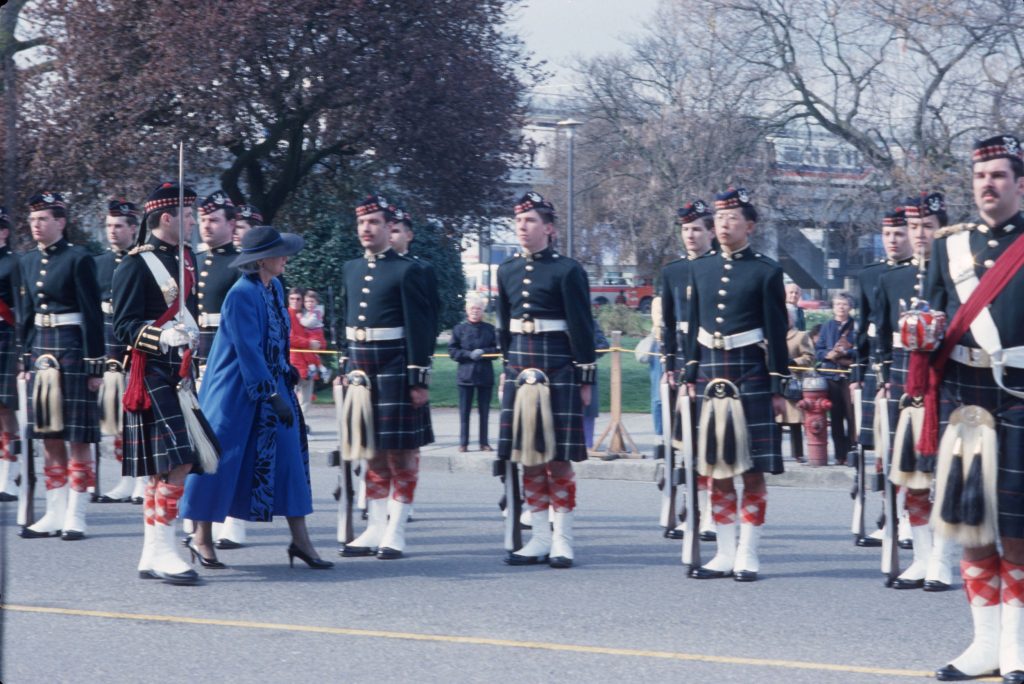
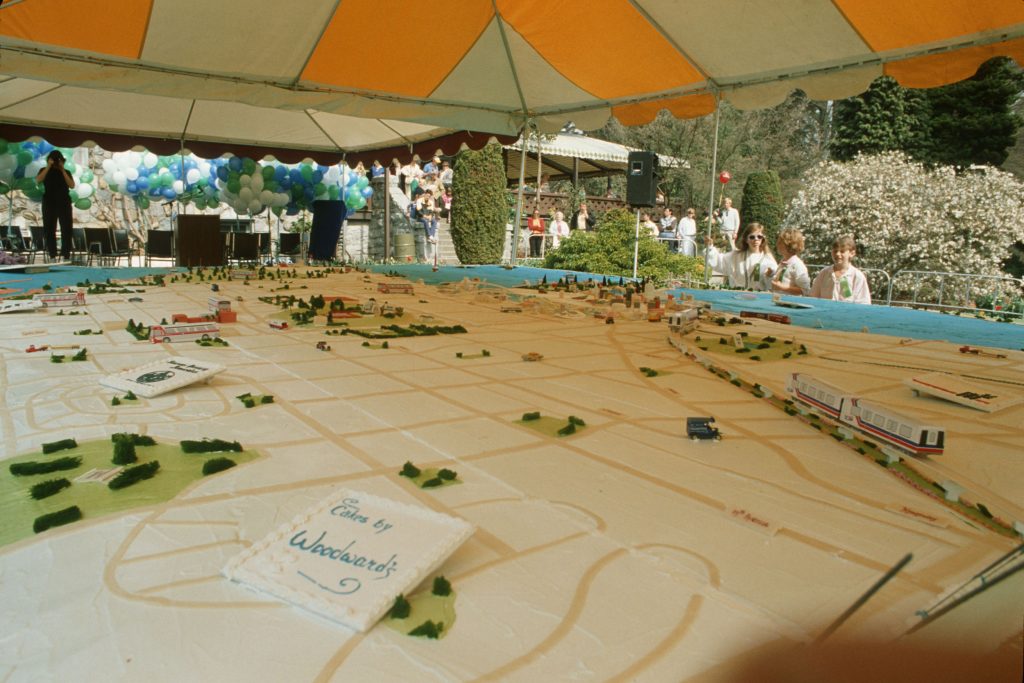



 It wasn’t until 1968 when FSU’s volleyball team started to shed its club roots and by 1971, was a full fledged team that made its debut at the AIAW National Tournament. Dr. Billie Jones became the permanent coach until 1975, and led the team to a 107-22 record, cementing FSU Volleyball as a mainstay. Historically, volleyball has been one of the most popular sports at Florida State, being a primary event of Odd-Even competitions, so it’s only appropriate that it would become FSU’s first women’s intercollegiate team. Under the coaching of Cecile Reynaud and Chris Poole, the team has won 4 ACC titles and has played in the NCAA tournament 17 times.
It wasn’t until 1968 when FSU’s volleyball team started to shed its club roots and by 1971, was a full fledged team that made its debut at the AIAW National Tournament. Dr. Billie Jones became the permanent coach until 1975, and led the team to a 107-22 record, cementing FSU Volleyball as a mainstay. Historically, volleyball has been one of the most popular sports at Florida State, being a primary event of Odd-Even competitions, so it’s only appropriate that it would become FSU’s first women’s intercollegiate team. Under the coaching of Cecile Reynaud and Chris Poole, the team has won 4 ACC titles and has played in the NCAA tournament 17 times. Basketball has perhaps been the most popular sport among women athletes over Florida State’s long history. Starting in 1912, FSCW held a basketball game as part of its Thanksgiving weekend events. The popularity of the annual game became a frenzy, and the school decided to add more events to the Thanksgiving program. The popularity of women’s basketball has continued over its 47 seasons as a varsity squad. Officially established in 1970, Women’s basketball has been on of FSU’s most successful teams. The women’s cagers have played in the NCAA/AIAW tournament fifteen times, and has won the regular season conference title three times and the conference title once.
Basketball has perhaps been the most popular sport among women athletes over Florida State’s long history. Starting in 1912, FSCW held a basketball game as part of its Thanksgiving weekend events. The popularity of the annual game became a frenzy, and the school decided to add more events to the Thanksgiving program. The popularity of women’s basketball has continued over its 47 seasons as a varsity squad. Officially established in 1970, Women’s basketball has been on of FSU’s most successful teams. The women’s cagers have played in the NCAA/AIAW tournament fifteen times, and has won the regular season conference title three times and the conference title once. tober 1st, we celebrate open access to information and the freedom to read. FSU Special Collections & Archives is host to several frequently challenged and banned classics available for use in our Reading Room, including:
tober 1st, we celebrate open access to information and the freedom to read. FSU Special Collections & Archives is host to several frequently challenged and banned classics available for use in our Reading Room, including:

















